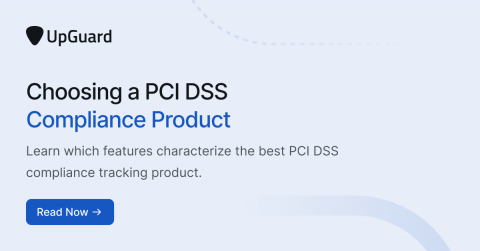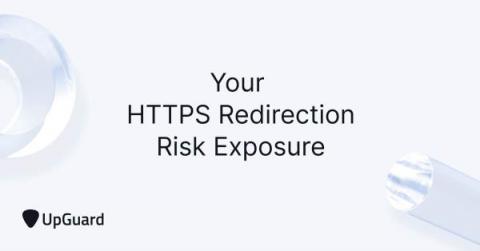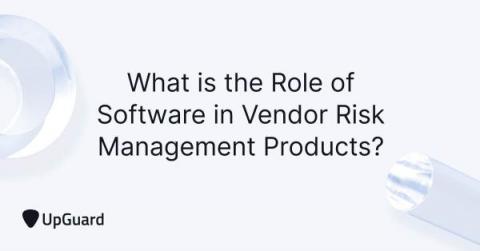Choosing a PCI DSS 4.0 Compliance Product in 2023
With violation penalties of up to $100,000 per month until full compliance is achieved, every entity processing cardholder data can't afford to miss a PCI DSS compliance gap. But with the expanding digital landscape increasing the complexity of information security, complying with the Payment Card Industry Data Security Standard is difficult unless you leverage a product that can help you track your compliance efforts.











